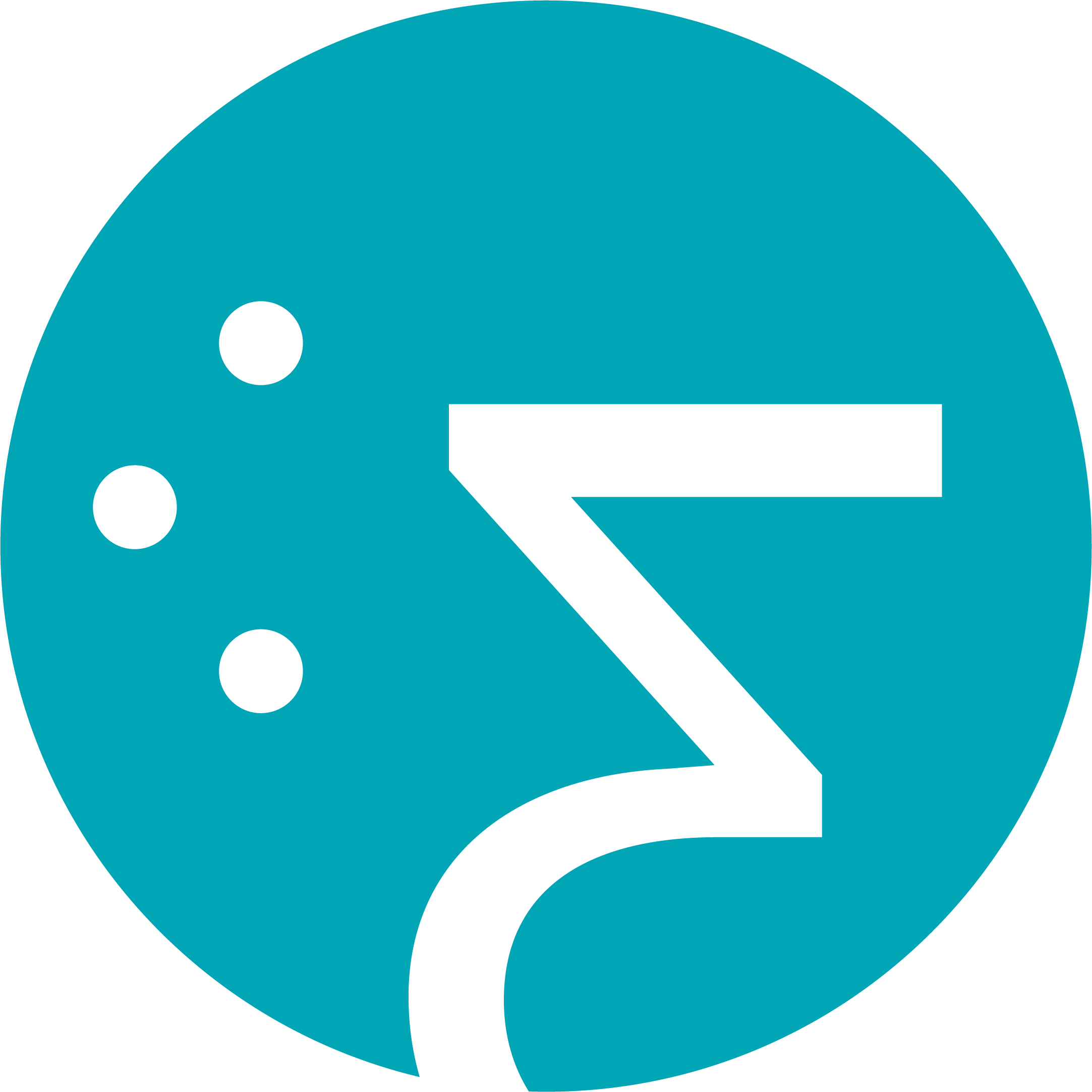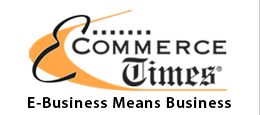Getting SaaSie in Dublin
If the center of the Software-as-a-Service (SaaS) universe is the San Francisco Bay area, then one of the satellite galaxies to keep an eye on is Dublin, Ireland.
I was invited to this amazing city by Enterprise Ireland, the high-tech arm of the country’s economic development authority, to serve as the keynote speaker and moderator of a one-day symposium regarding the SaaS movement. As in the case of IDG World Expo’s SaaScon event in September, I was pleased to also help Enterprise Ireland formulate the agenda and recruit the speakers for the SaaSie seminar.
I got my first taste of Ireland’s unique culture, and its potential to become a hotbed for SaaS, the evening before the event when a scheduled dinner among the event speakers quickly grew into a enthusiastic gathering of local software entrepreneurs and executives thirsting not only for a Guinness but for insights about the true meaning of the SaaS movement.
Much like Ireland’s overall society, the country’s software industry is a tightly-knit community where everyone seems to know one another. And, much like the country as a whole, Ireland’s software industry is riding an economic wave fueled by foreign investment and participation in the Economic Union. These forces have transformed Dublin into a young, vibrant and exciting city, and the broader Ireland into a more modern and upbeat country.
Despite the ever-present threat of rain, the positive economic climate spurred over a hundred people to attend the SaaSie event. The audience was primarily composed of business executives from new and established software companies interested in learning more about the rapidly evolving SaaS market.
I kicked off the event by providing an industry overview aimed at helping the attendees better understand the forces driving today’s SaaS opportunities and the key challenges facing companies attempting to capitalize on the SaaS movement.
I was followed by Bobby Napiltonia, SVP Worldwide Channels and Alliances of Salesforce.com, who outlined the key principles which have shaped the company’s phenomenal success, and its new initiatives which were unveiled at Dreamforce aimed at allowing Salesforce.com users to customize their on-demand apps. But, much of Bobby’s talk centered around the benefits of Salesforce.com’s AppExchange, the partner ‘ecosystem’ which is at the heart of its channel and alliance program.
Nick Blozan, SVP of Sales and Marketing at Opsource and the Chairman of the SIIA SaaS Executive Council, talked about the service delivery infrastructure requirements for SaaS and suggested that the aspiring SaaS vendors leverage third-party service providers to address their operational needs so they can focus their internal resources on developing unique SaaS solutions.
Conor Halpin, the CEO of LeCayla Technologies, described how the pay-as-you-go revenue model associated with the SaaS market is generating greater price/earning (P/E) ratios for the leading, publicly-traded, on-demand software services companies than traditional, perpetual license software vendors. He also warned attendees that in order to benefit from these higher valuations, companies will not only need to set the right price points for their SaaS solutions but also implement effective methods and mechanisms to provision, meter and measure usage.
Justin Floyd and Kevin McGirl of SmartFundIT.com and the SaaSfoundation.com discussed the parallels between the leasing arrangements that helped to finance the growth of the computer hardware market and innovative on-demand financial services today that are funding the SaaS subscription pricing model.
Steve Korn, an independent consultant who served as the Client Delivery Executive responsible for EDS’ outsourcing contract with General Motors Asset Management and Treasurers Office, talked about how SaaS is gaining acceptance in large-scale enterprises as a viable solution to address compliance and risk management issues.
The morning presentations were followed by a lively roundtable discussion in the afternoon that enabled the attendees to ask about specific pitfalls to avoid in developing and delivering their SaaS solutions, and ‘best practices’ to adopt in order to take full advantage of the growing opportunities in the on-demand software market.
The response to the event was very positive. Many attendees said they have seldom been to a session which contained as much usable information and insight. As a consequence, I am very confident that a variety of Irish software vendors will use the SaaSie event as a stepping-stone for joining the SaaS movement, and Dublin will become the home of an important ‘ecosystem’ for on-demand software services.



